LancsRick":3naxk17j said:
Good counsel in here, thanks. I would never have tried the hot glue method without it being suggested, I never would have thought it strong enough.
Part of the issue is I've got a mentality to make fairly big recesses, so I need to stop being overkill!
Cheers.
Starting with a Suitable Blank and not wishing to penetrate the surface with fixings I attach a scrap block to take a worm screw.
First action is to determine the centre of the blank if not previously marked during cutting.
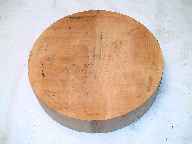
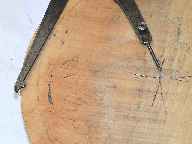
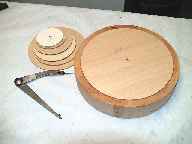
I use OddLeg callipers and scribe centre or place pattern discs visually in centre and mark through centre hole. I then use a spur bit to drill some scrap and using the drill bit locate the scrap on the centre and mark the blank and scrap with a pencil witness marks to aid location.
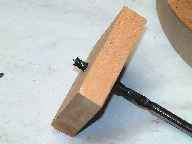
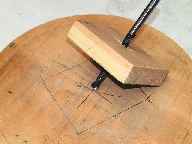
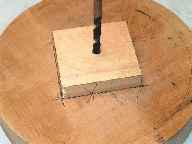
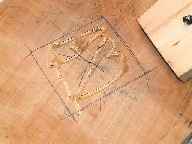
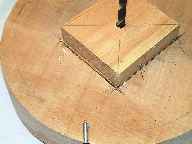
I then apply Hot Melt Glue to the blank and using the drill bit as before press home the scrap wood, applying a little extra glue along the edge joins if felt necessary. (Glue needs to be very hot at the bubbling stage, not just flowing)
This results in a blank that runs true when mounted on the screw chuck, requiring little truing up.
Cole Jaws and buttons can be very useful,
See this WIP but caution is needed with direction of turning forces when using the Axy supplied soft rubber buttons.
In the WIP example the buttons used are much harder rubber and forces are in the main pressing towards the chuck, the majority of my turning with Cole jaws is done with home made buttons turned from harder plastic (old chopping boards for instance) and stacked on longer bolts or contoured to retain the piece in question.
For a large heavy blank I would always use the tailstock with padded revolving centre to keep the blank pressed towards the chuck whilst working on its periphery to true up or form a holding lip on the rim.












